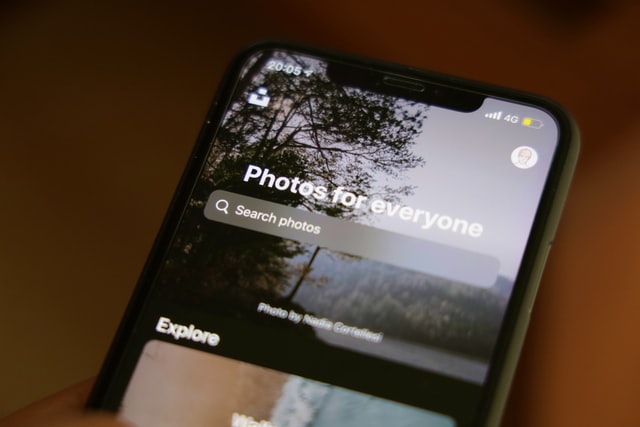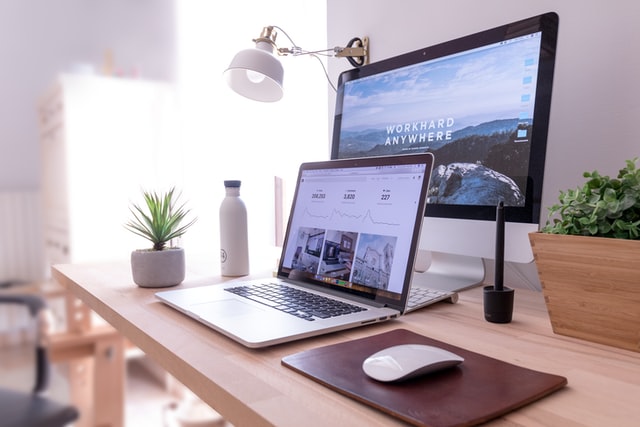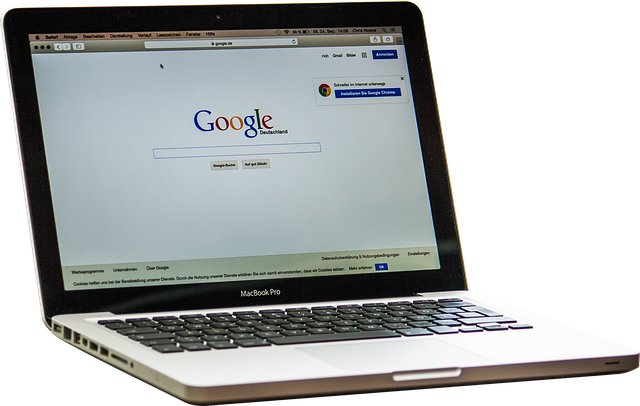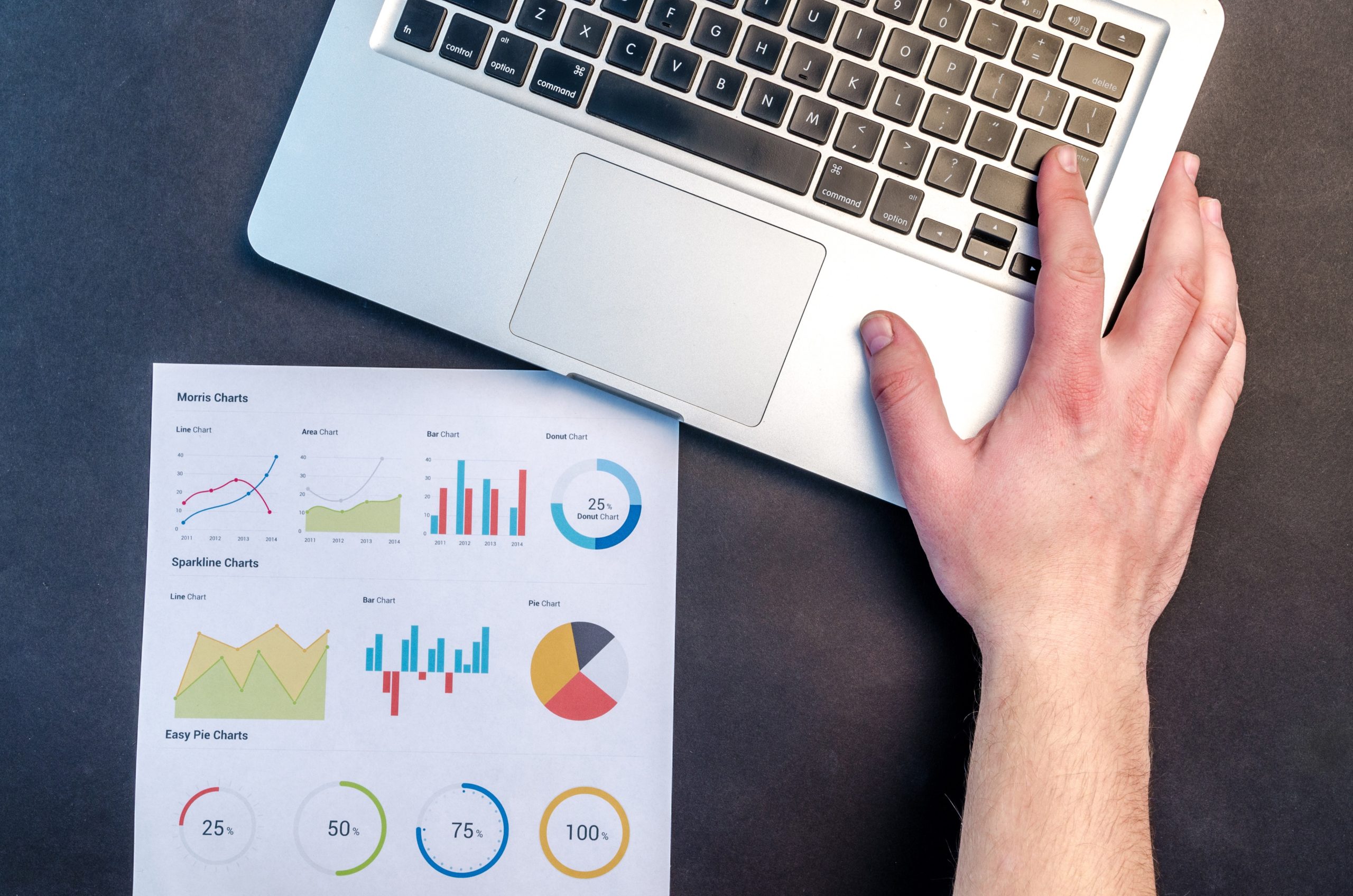How To Optimize Images For Better SEO
Coming Up Next
If your goal is to provide high-quality, interesting, and engaging content, images will be crucial for achieving it. They add visual interest to your text, break it up into smaller and easier-to-read parts, and provide additional information. However, you may be thinking about how images are slower to load than text, which can negatively impact the speed and overall performance of your website. This is a valid concern, but it shouldn’t stop you from using images. Instead, you should optimize images for better SEO. Optimized photos can boost your rankings by providing contextual information to search engines and improving user experience without impacting your loading speed.
Why is it important to optimize images for better SEO?
Image optimization is a process that helps you deliver images as a part of your content in a way that both search engines and users will like. This includes everything from creating the perfect image to ensuring Google bots can identify what it represents. It combines two essential elements of digital marketing: visual content and SEO. As we’ve already established, images are vital for quality content. And you probably already know that SEO is necessary for any business operating in the digital era. But how do these two intersect?

Image SEO is vital on two levels: for search engines and for users. When it comes to search engines, bots crawling your website can’t know what an image is unless you tell them. Optimization solves this by making it possible for bots crawling your website to find and identify your photos, which will, in turn, help your images rank in Google results. When it comes to users, optimization will provide them with high-quality images at high speed. This makes content more interesting for them and positively affects their overall experience.
Thus, SEO makes your content (and the images that are a part of it) more accessible to both search engines and the average person visiting your website. But make no mistake; B2B brands need to pay attention to this too. In fact, it is arguably more important to be good at SEO when your clients are other businesses. Business owners are much more likely to spot your mistakes because they’re more knowledgeable on the subject. So it’s vital to present your business in the best possible light by optimizing your content well. This goes double for companies in the digital marketing field.
Ways to optimize images for better SEO
Image optimization is not too complicated, but it does require a few different steps if you want it done right. So when you’re looking to add images to your content while still maintaining website speed, here’s everything you need to do.
Choose the right image format
Before you can add an image to your content, you first need to save it to your computer. Regardless of whether you’re creating the photo yourself or just downloading someone else’s image from the internet, you have the option of choosing the format. And this is where your image optimization begins.

The most common image formats people use today are JPEG/JPG and PNG. There’s no hard and fast rule on which you should use, but the format you choose will affect both image quality and loading speed. PNG usually gives higher quality and allows for transparency. However, it also produces bigger images. On the other hand, JPEG makes for smaller file sizes at the cost of somewhat lower quality and a lack of transparency.
Resize and compress your images
High-quality images typically come in large dimensions, but most websites don’t use a theme that’s several thousand pixels wide. And besides, an image that size will take a long time to load. If you’re using websites like Instagram or Pinterest for business (or YouTube to put up videos), this isn’t very important. Platforms like this are so image-heavy that one more won’t make a difference. But on your website, you should resize the image so that it fits the dimensions of your theme. You can do this by scaling or cropping. If you find that the file is still too big even when the dimensions are adequate, compress the image to make it smaller without losing quality.
Images don’t exist in some nebulous space outside of the rest of your content. Instead, they’re surrounded, anchored, and grounded by text. It is, in fact, this text that helps search engines interpret your images. Bots can’t see the image itself – they read the text attached to it. So you want to make sure that this text is informative. Start by giving your picture a descriptive name. Then, use alt tags to describe the image. Finally, add a caption that connects the image to the text to which it belongs.
Optimize images for mobile
With so many people browsing the internet on mobile devices and new technology coming out regularly, you have to keep up with the times. Mobile optimization is more critical than ever in all aspects of digital marketing, and SEO is no exception. So when you’re optimizing images, make them responsive. That way, they scale to the size of the screen of the device they’re being viewed on.

Make Google’s job easier: use structured data and sitemaps
If you’re just adding images to blog posts, this step is usually unnecessary. But if you’re creating your own pictures, using photos of your products, or coming up with useful graphics, you may want to go the extra mile. For example, you can serve up your images as a part of rich snippets in search engine results pages by incorporating structured data. This will grab the users’ attention by making your website stand out among other results. Or you can add images to your sitemap (either your overall sitemap or a special one for photos only). This will make it easier for Google bots to locate the images and index them.
Other tips on optimizing images for better SEO and user experience
What Google is ultimately trying to do whenever it generates results is to satisfy its users. It does this by serving up websites it thinks users will enjoy. This assessment is based on various metrics, including the volume of traffic, time spent on-page, the rate of new vs. return users, and more. But what it all boils down to is this: improving user experience is always good for SEO. You should keep this in mind whenever you’re optimizing any content, including images. So think about what your users would want to see:
- choose an image that’s relevant to the content surrounding it and adds something interesting to it
- use images that are aesthetically pleasing and go well together
- stick to the same dimensions for all images on the page (unless you’re using infographics, which tend to come in different sizes)
- create your own, unique photos that your users won’t have seen before
You can, of course, use (edited or unedited) stock photos for your content. However, pay attention to the attribution requirements. In many cases, you will need to credit the person whose image you’re using.
Use the right tools to optimize images for better SEO
Right now, you may be thinking that optimized images are more trouble than they’re worth, but this couldn’t be further from the truth. Not only is image optimization essential, but it also isn’t that hard when you have the right tools! PhotoShop is the obvious choice for creating your own images, but Gimp is also popular. If you want to use someone else’s royalty-free photos, use stock photograph websites like Unsplash, Pexels, and Pixabay. You can crop, resize, and compress images using various WordPress plugins (including Yoast, WP Smush, and TinyPNG) if your website is on WordPress or one of the many online platforms you find on Google. These tools will help you optimize images for better SEO quickly and easily.
Photos used
https://unsplash.com/photos/hGV2TfOh0ns
https://unsplash.com/photos/Px3iBXV-4TU
https://unsplash.com/photos/3Vh7X6JqswQ
https://unsplash.com/photos/vGDs2Lqg4Wo



